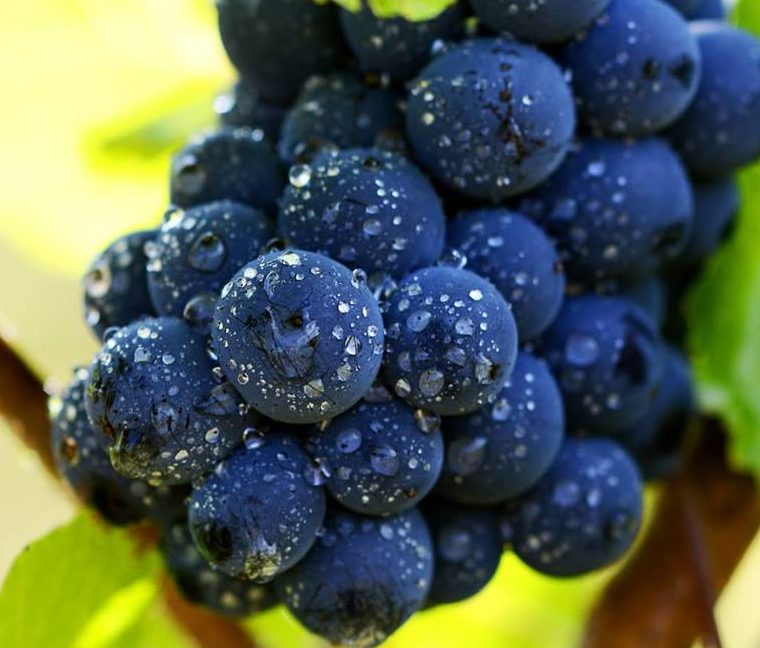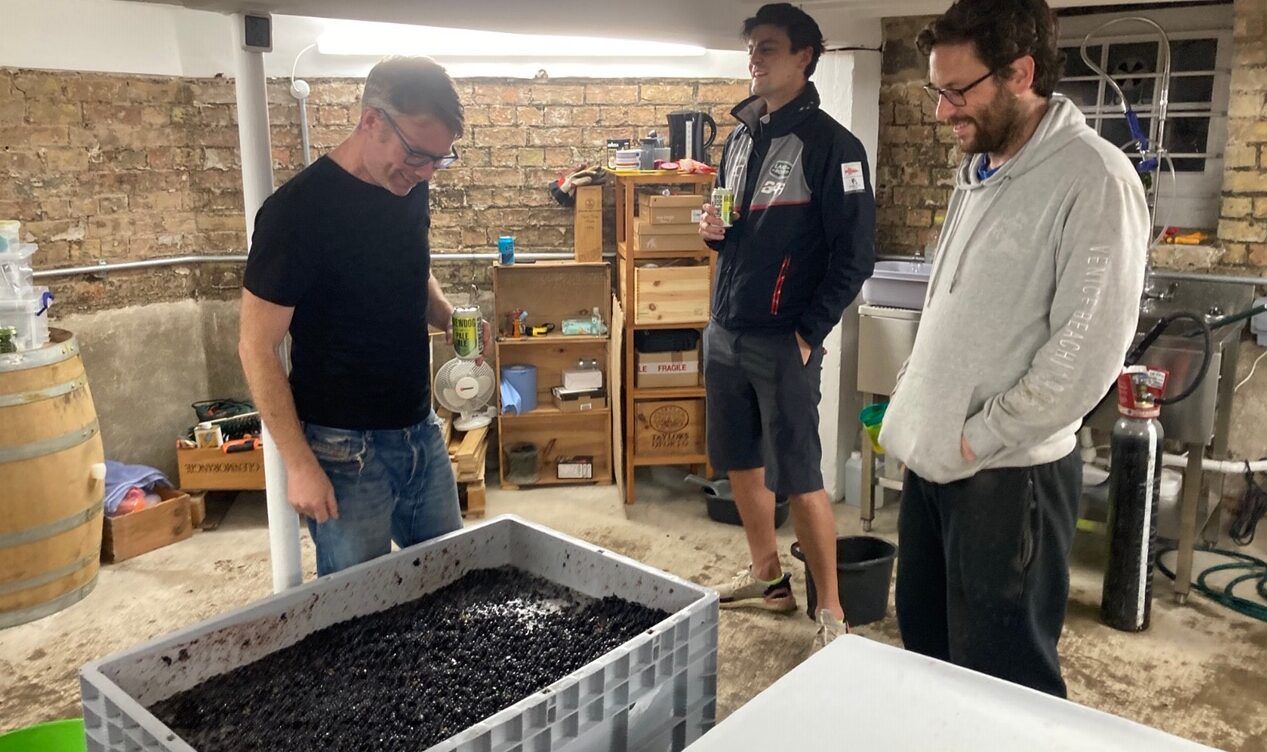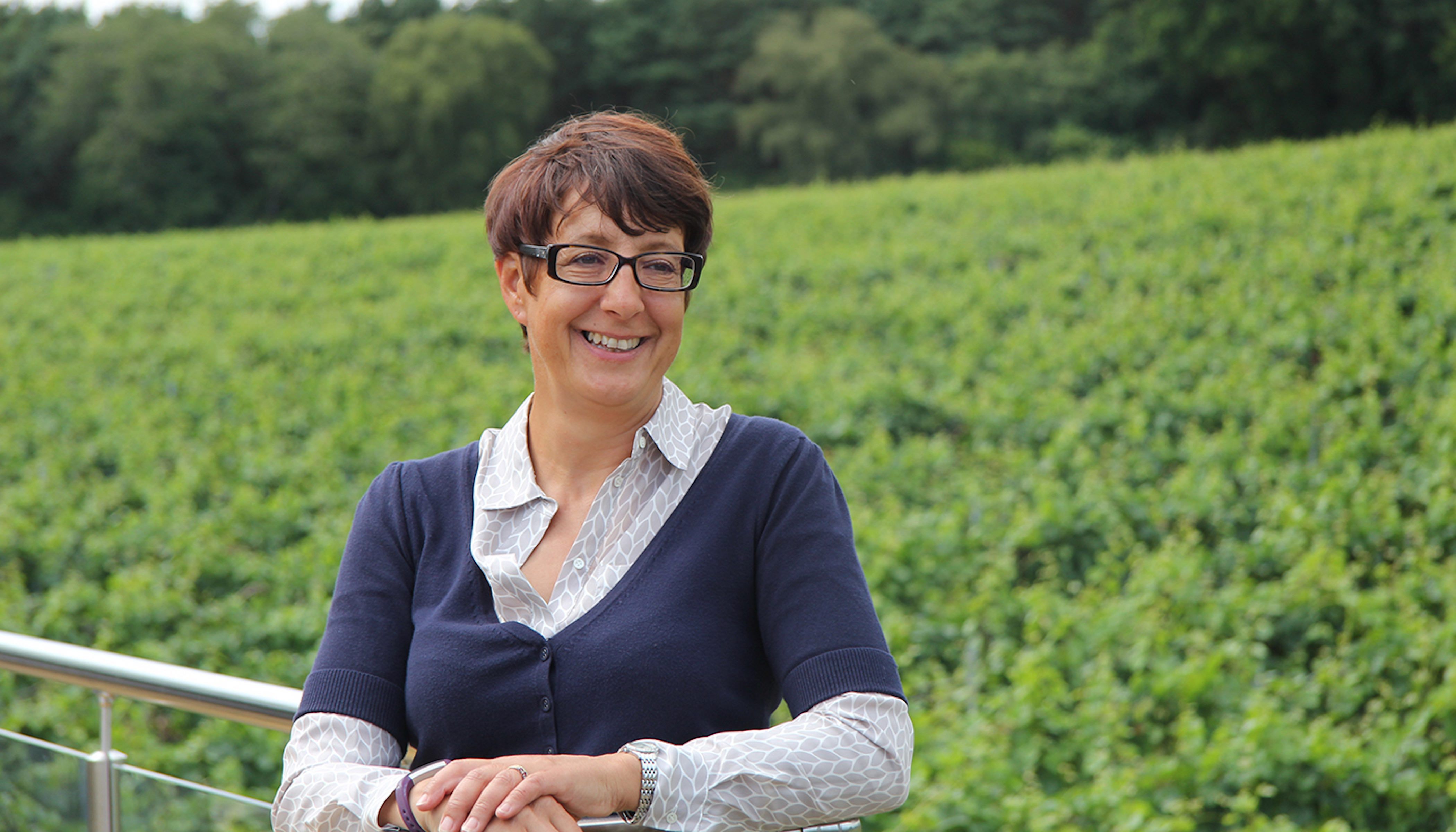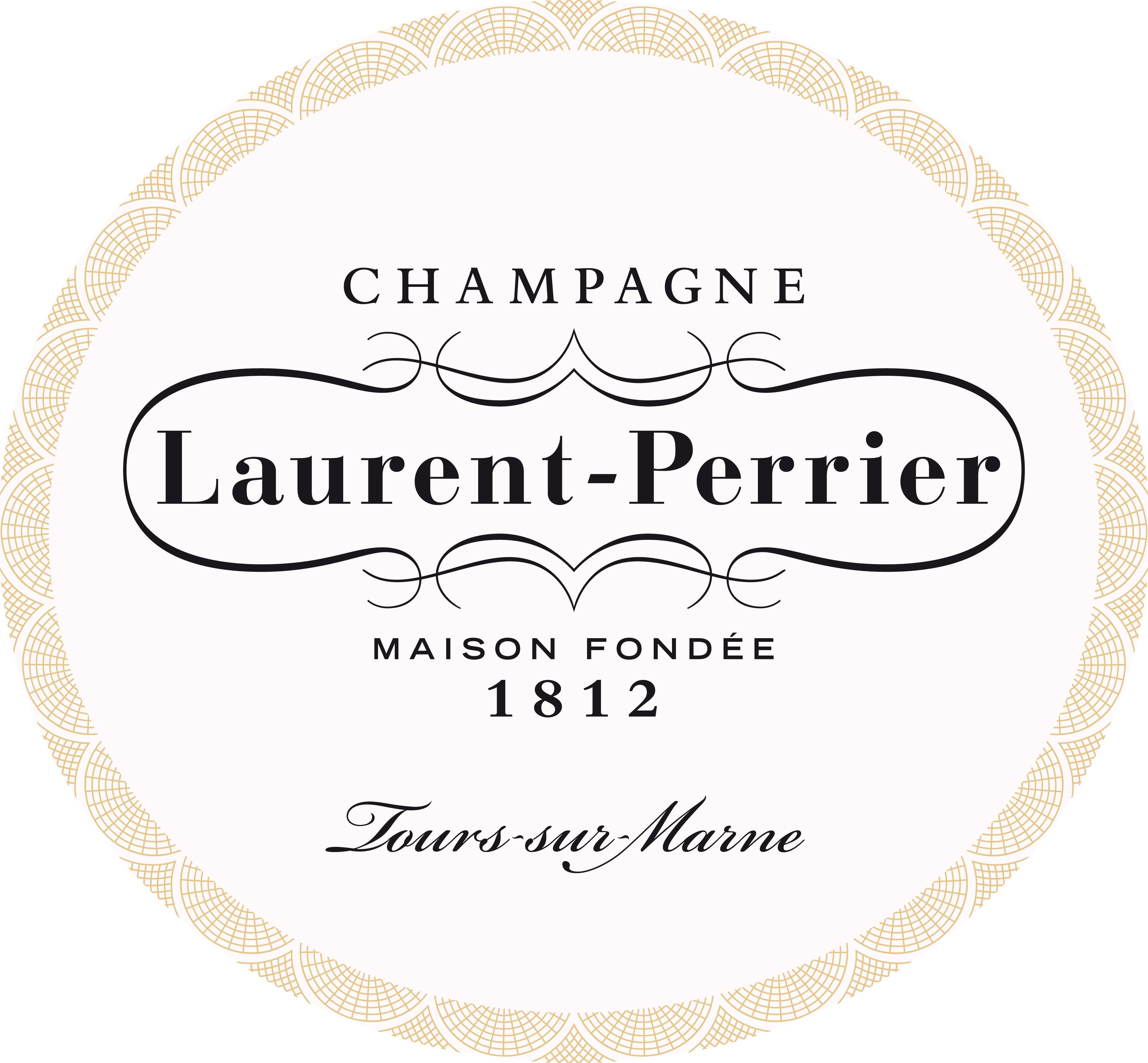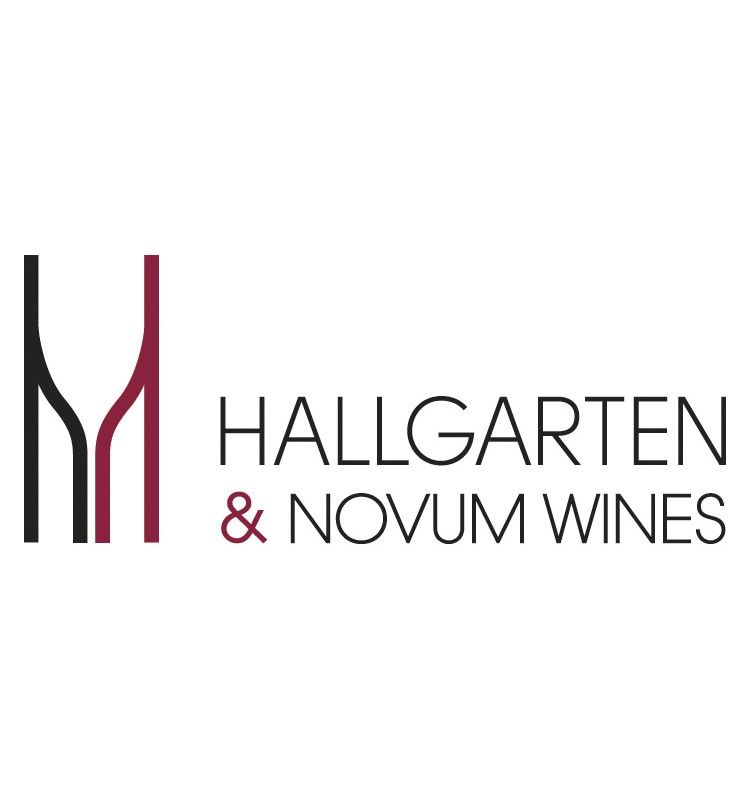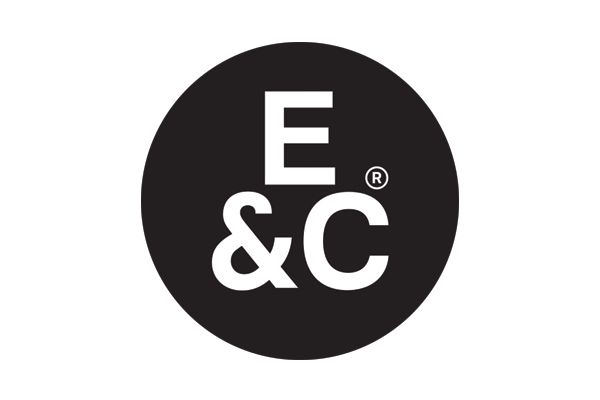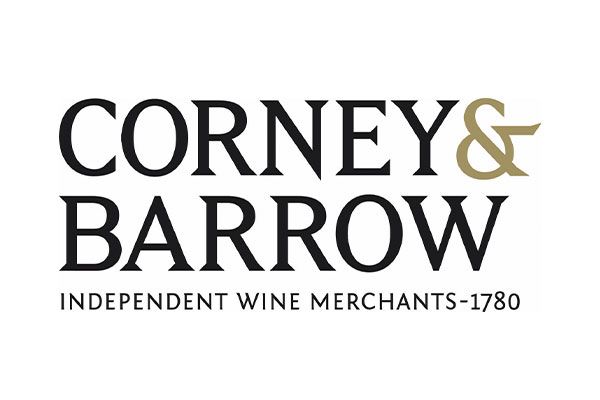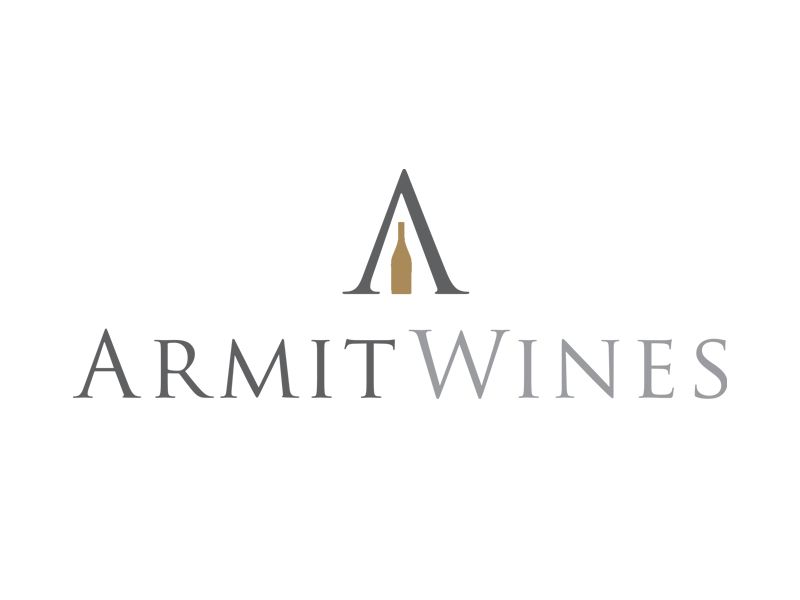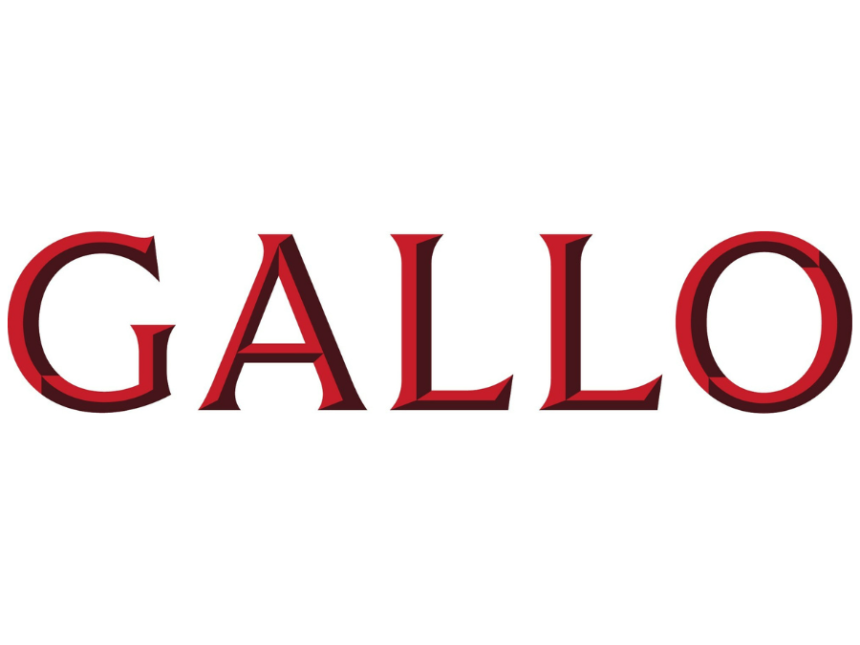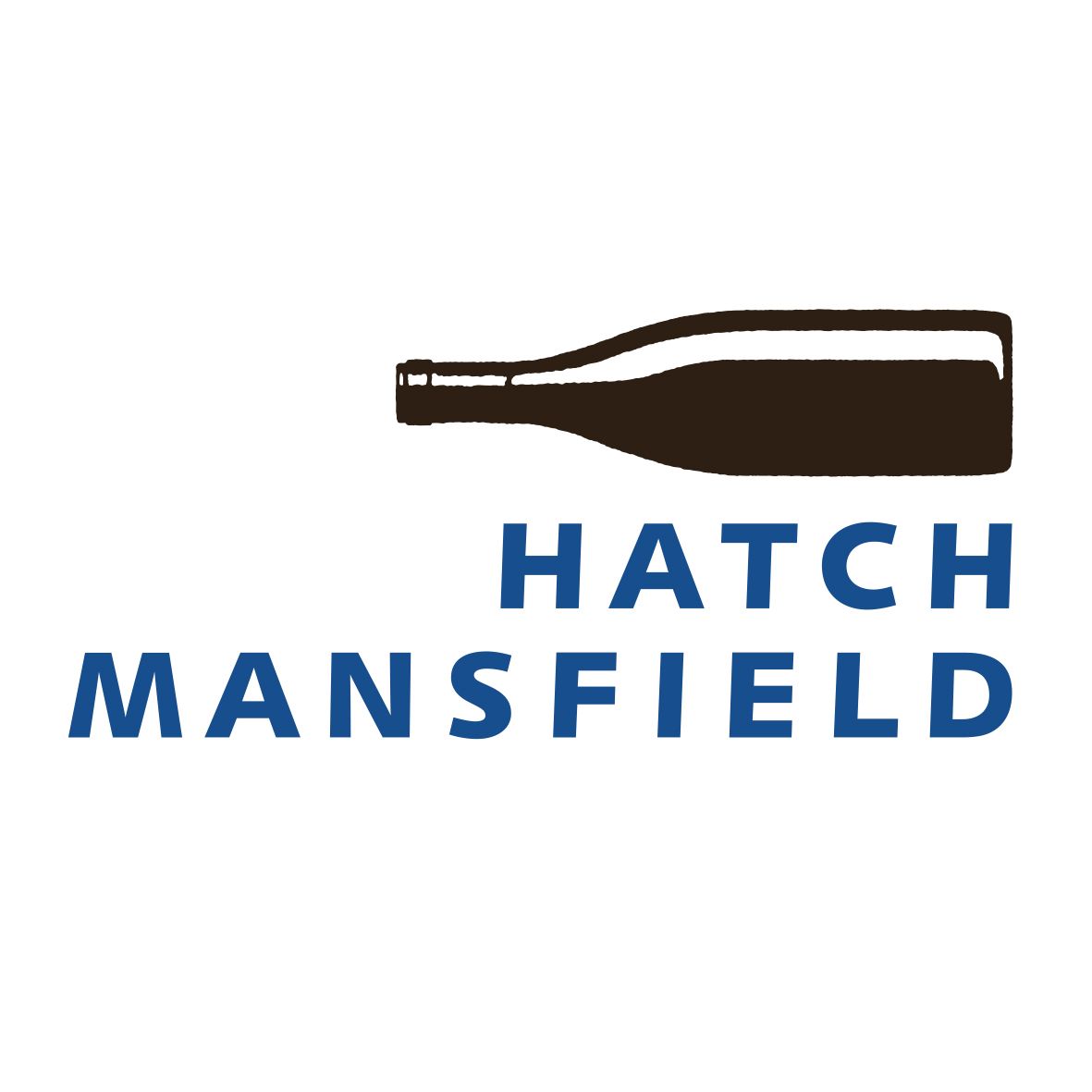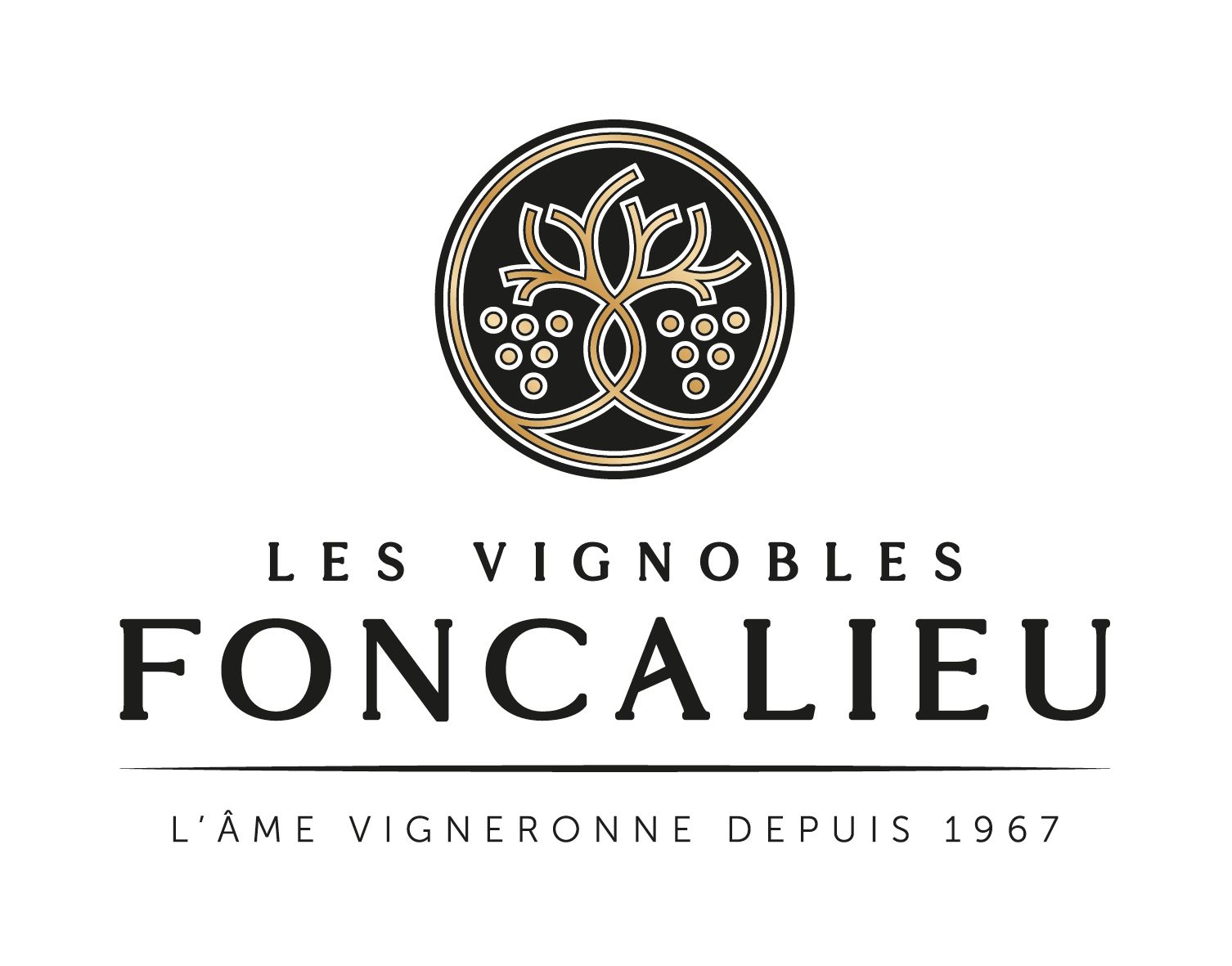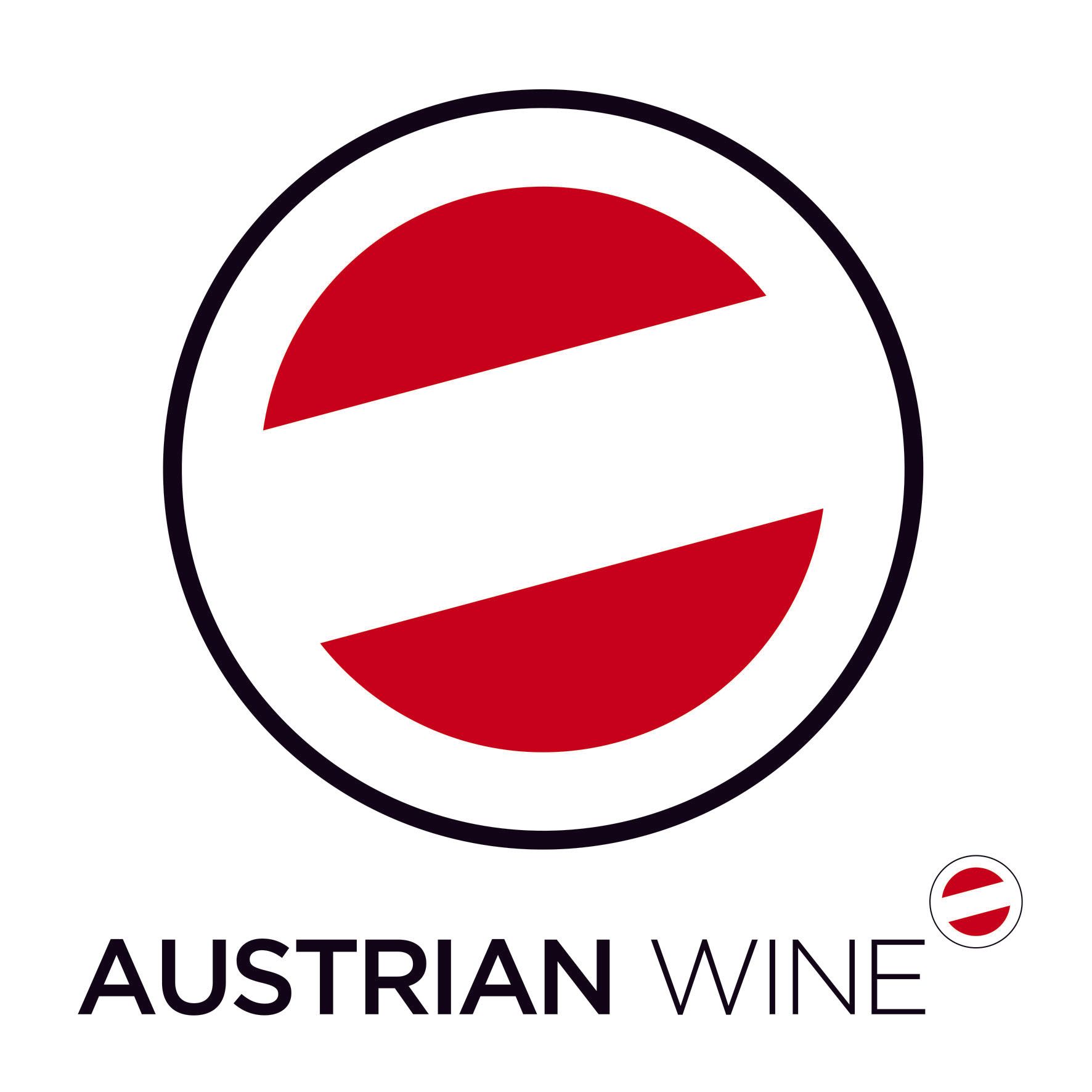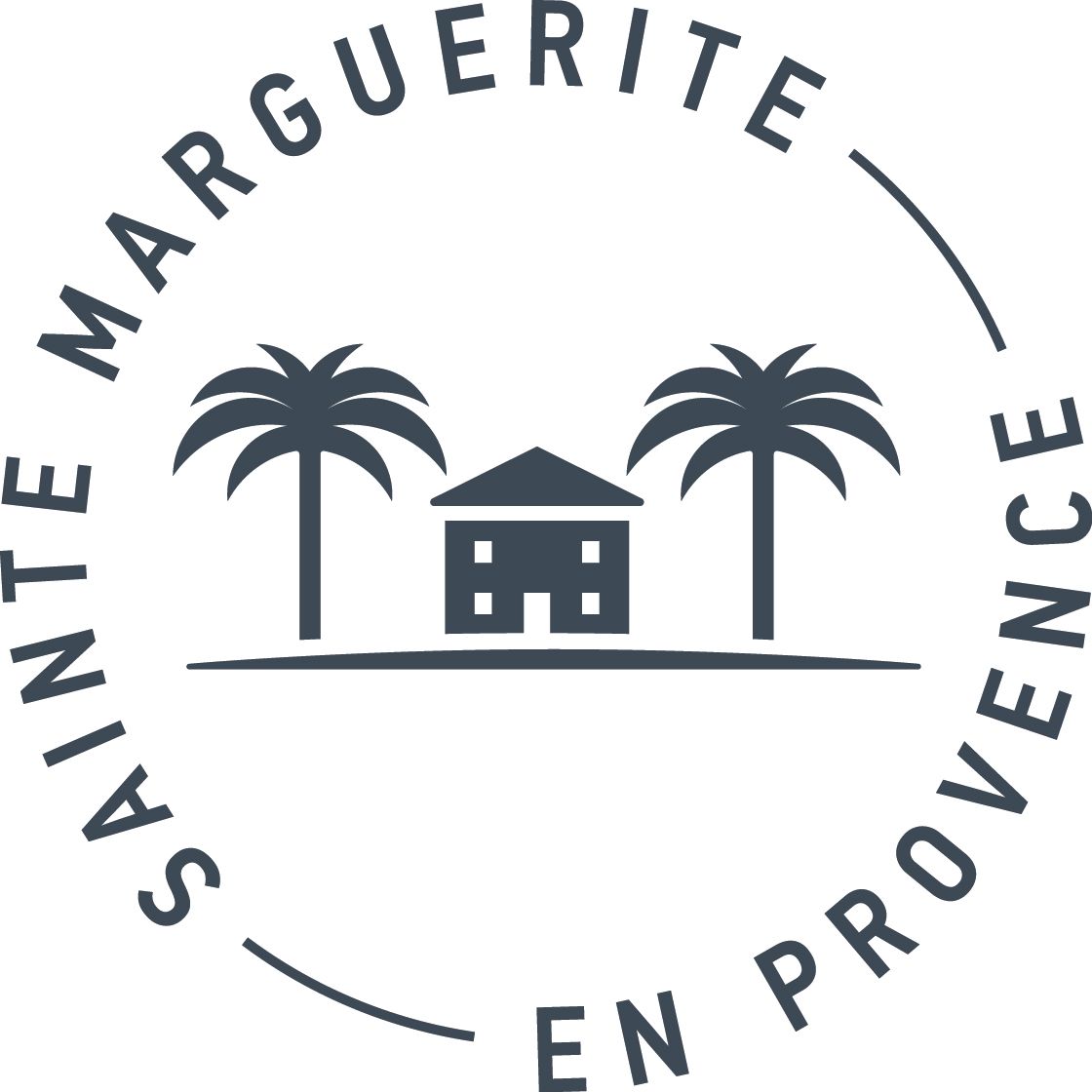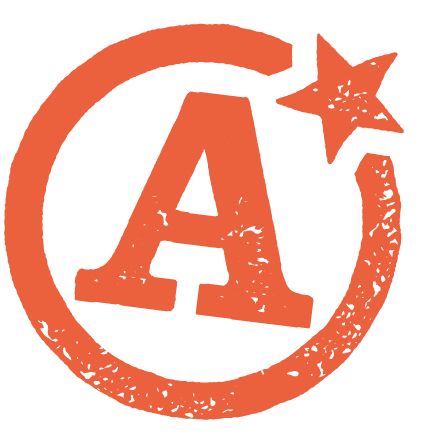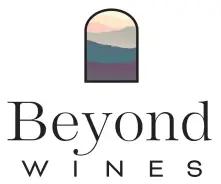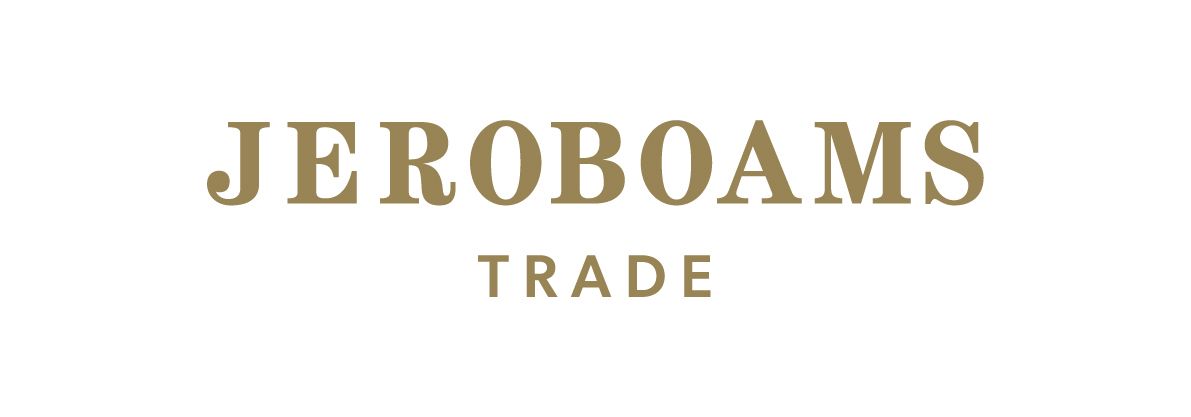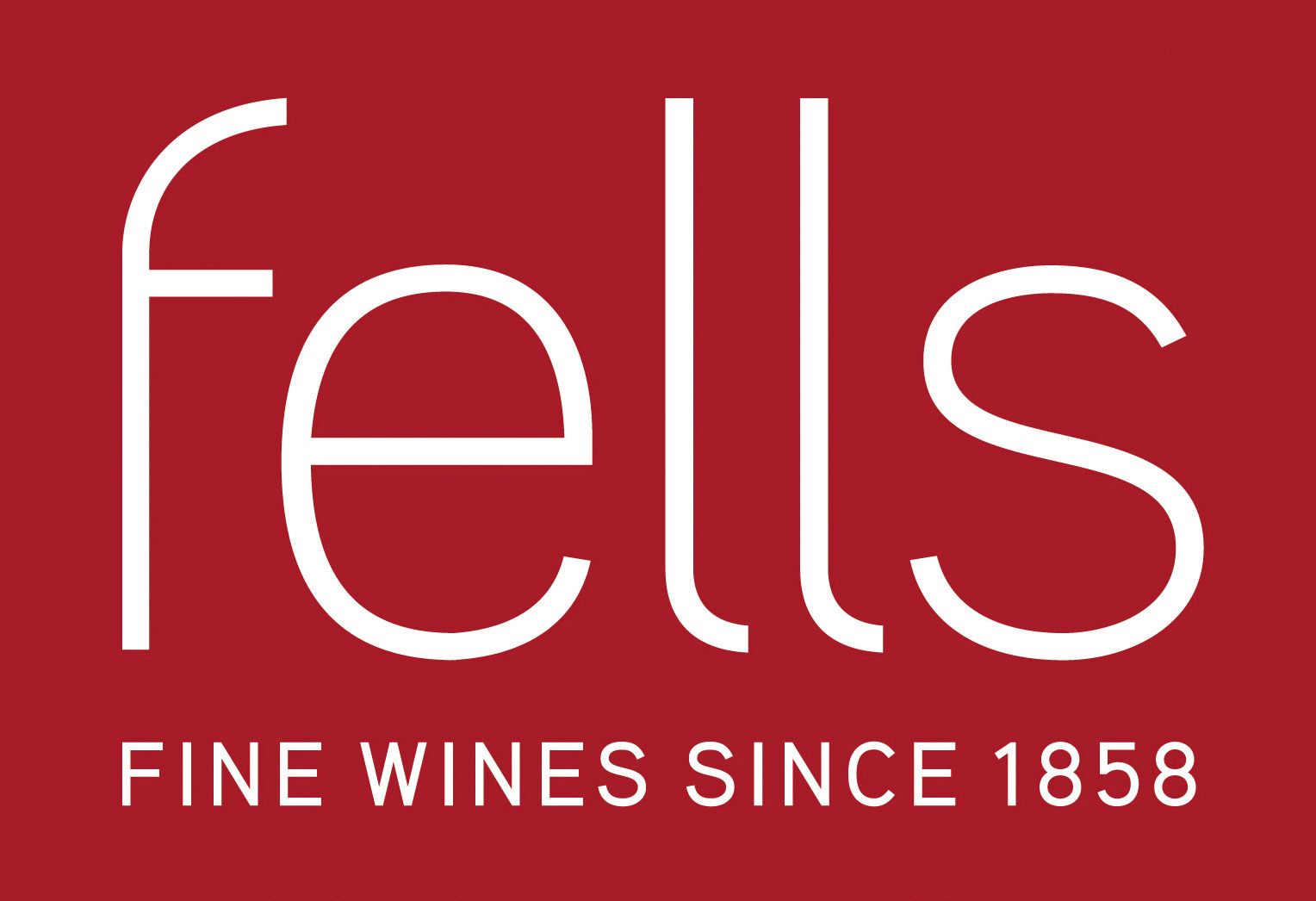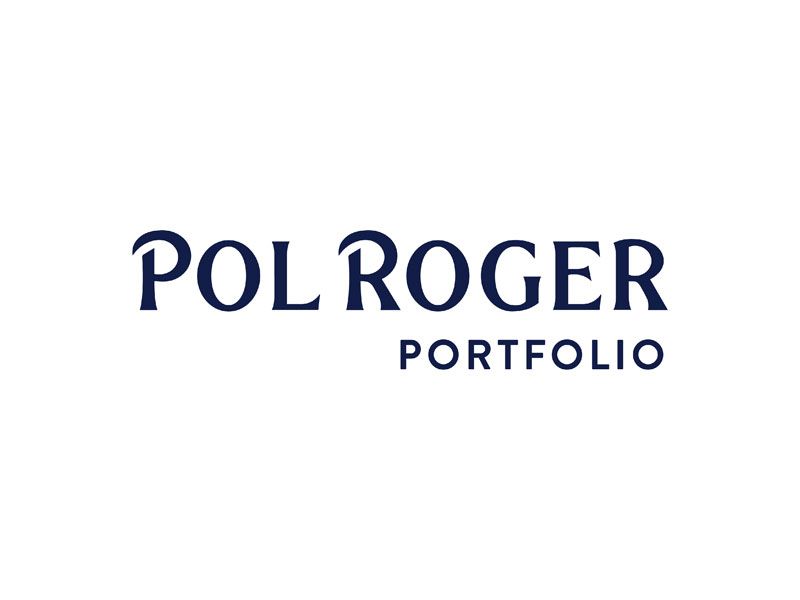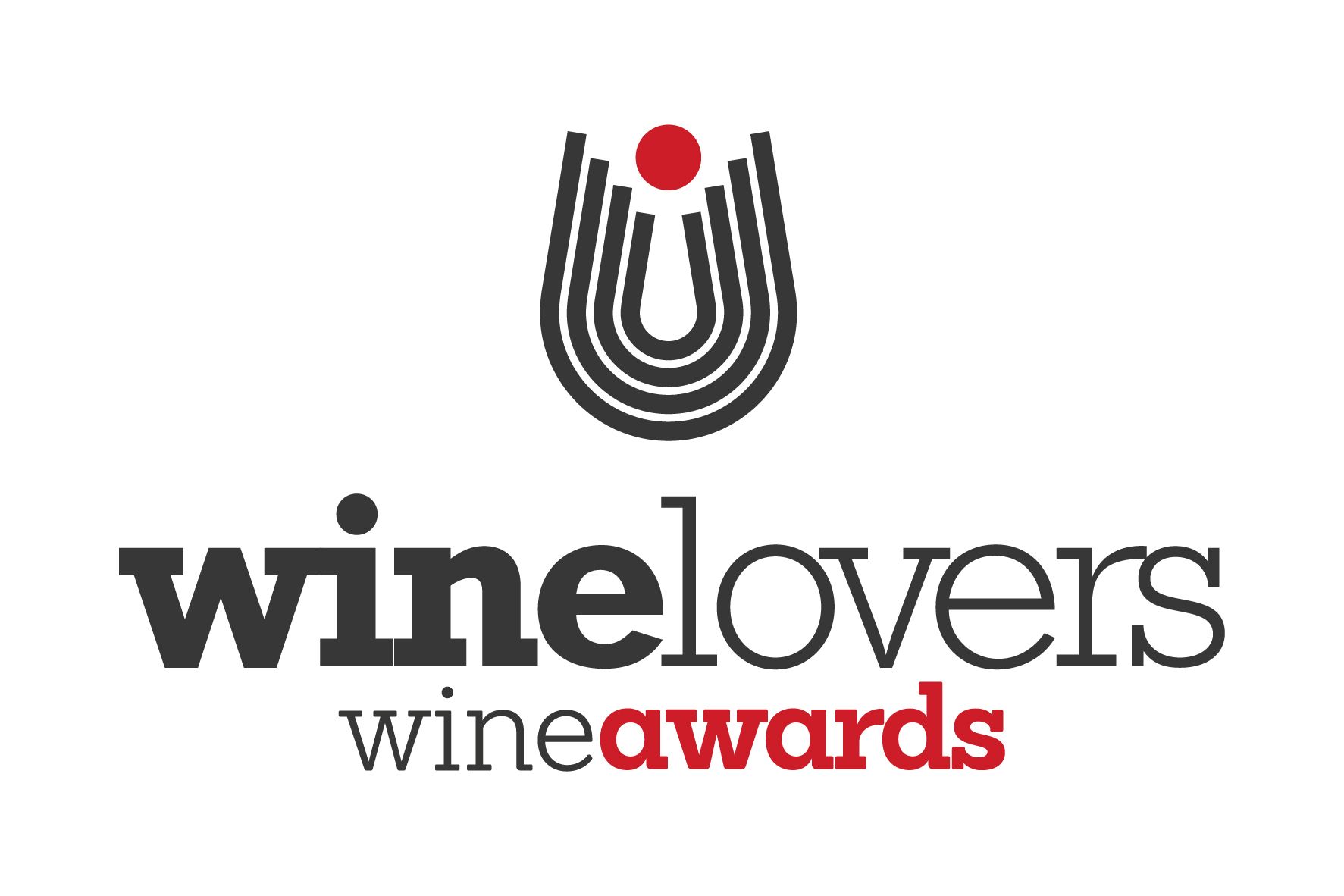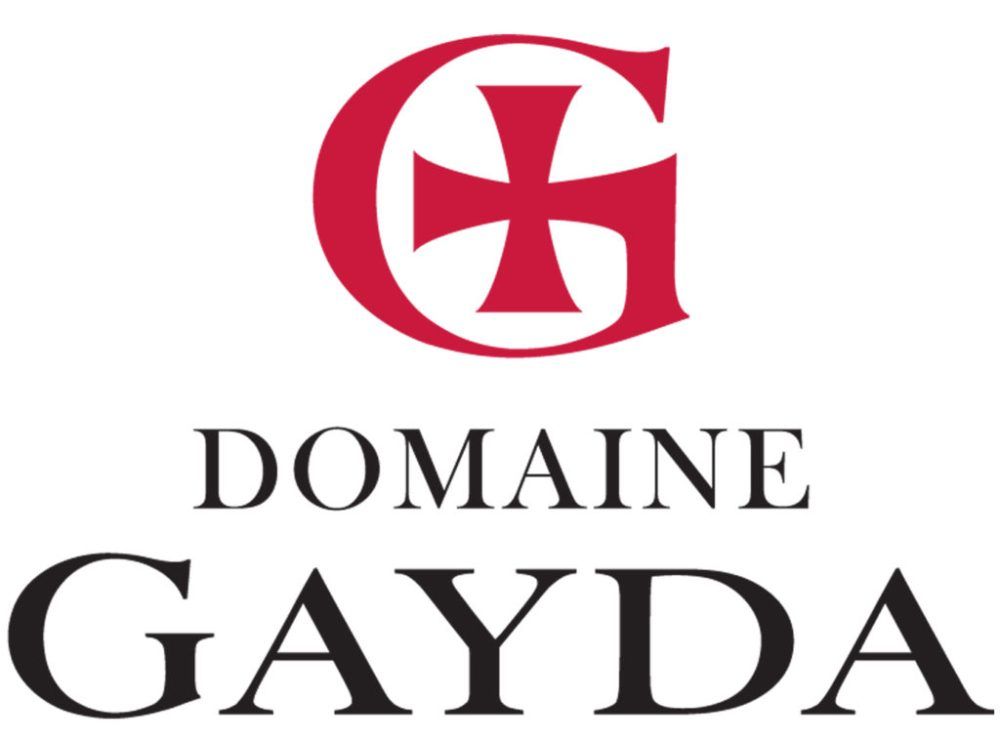It sounds like the premise for a reality TV show – make six wines in four different countries from the same vintage. Oh, and you can only use grape varieties that are near extinction or are so rare that no one will have ever heard of them; also you can only make them in lesser-known wine regions and only use sustainable practices, with low-intervention winemaking.
In addition.... after the limited number of bottles have been sold, then the ‘mould is broken’ and these wines will never be made again.
This ‘mission impossible’ was accepted by wine writer Chris Boiling whose “crazy dream” drove him to make the Crazy Experimental Wines collection a reality – the first five limited-edition wines of which are just being released onto the market.
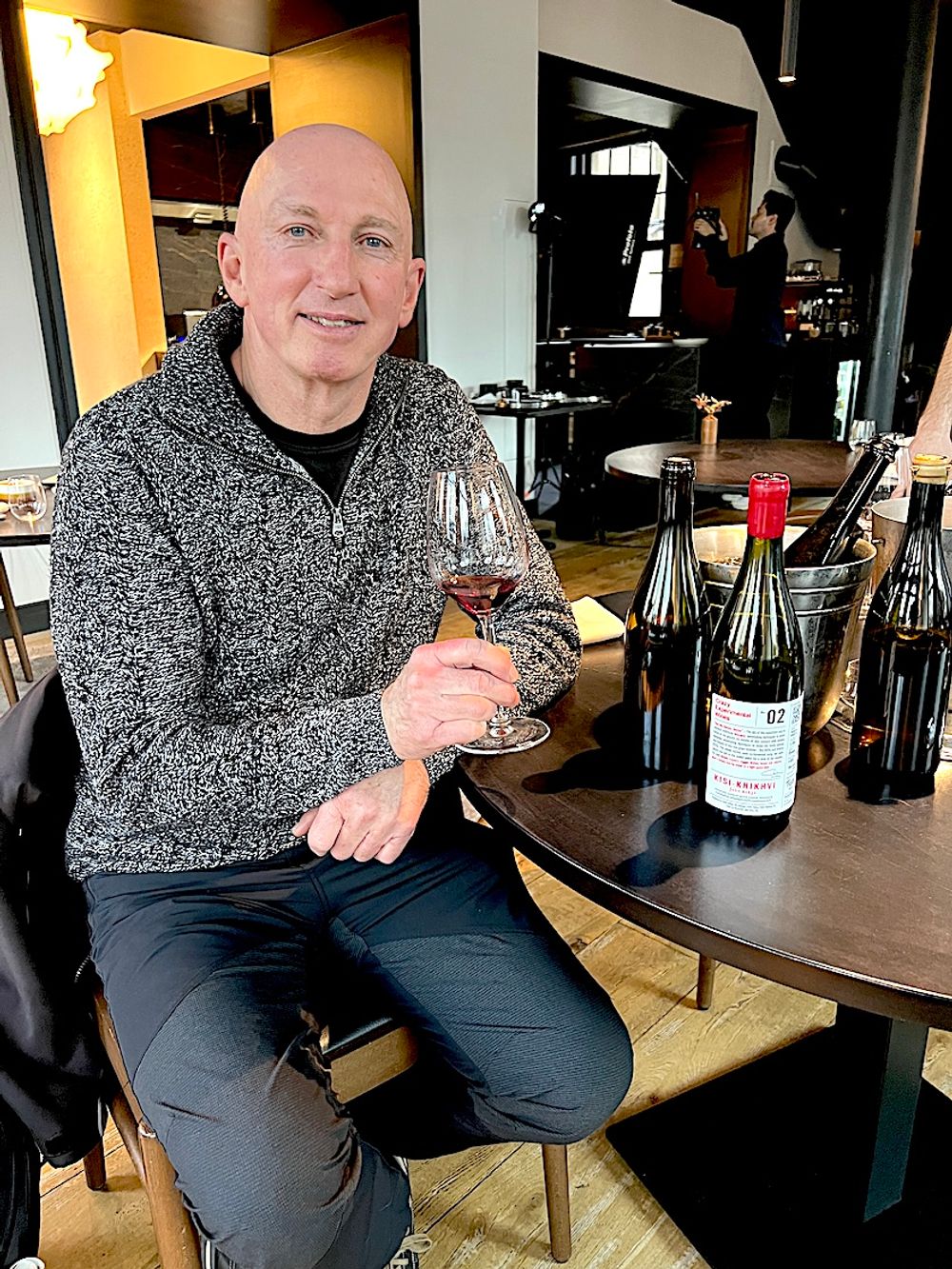
"Surely everyone in the wine world wants to taste a premium red wine featuring Debine e Zezë and a sparkling wine starring Pearl of Victoria." Chris Boiling, Etch, March, 2025.
Although he is best known for his wine writing Chris is also a winemaker, with a degree in wine production from the UK’s Plumpton College and 15 years-experience, making wine at his holiday home in Slovenia.
With each of these five new wines he’s also working with winemakers he admires and has pushed them to create something different or experimental with him – to enhance these rare and ‘hidden gem’ grape varieties.
The first UK tasting of the Crazy Experimental Wines collection was at Brighton’s etch. restaurant earlier this month where chef Steven Edwards is devising a 7-course bespoke tasting menu for a customer event to be held on May 1st (for tickets click here). Award-winning sommelier Sam Weatherill and I tasted through four of the five new wines and were knocked out by them – these are clean, fresh, fascinating wines with a real story to tell.
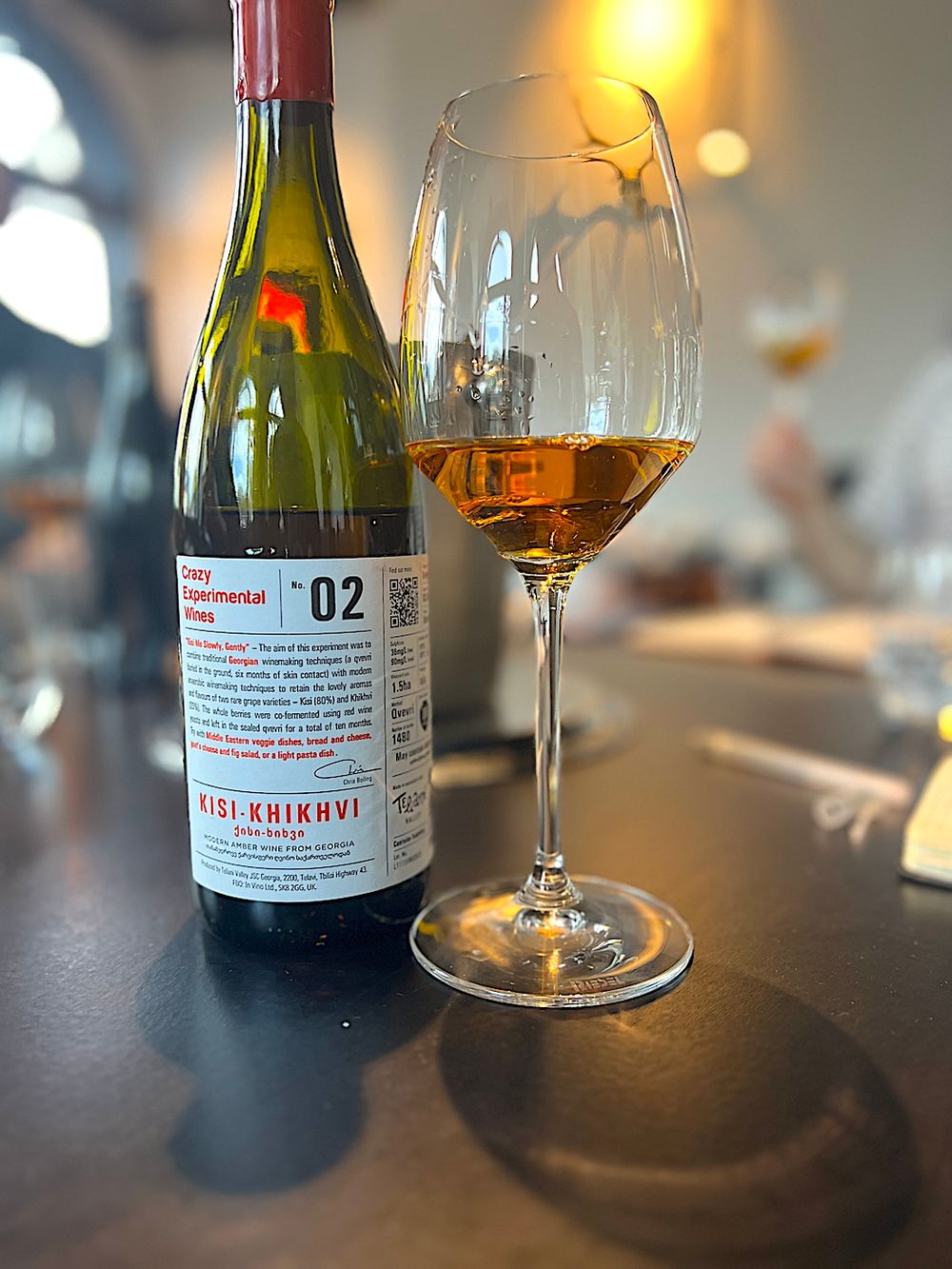
First Chris talks about the project and then scroll down where we take a deep dive into the wines themselves.
What inspired you to have this crazy dream?
During Covid, a trip to Georgia to learn how to make wine in a qvevri was cancelled. While waiting to travel again, the idea of going to different countries to make distinctive wines snowballed. I approached several winemakers and most said ‘yes’. They are passionate about their rare grape varieties and thought my project could be a good way to raise the profile of the grapes they love.
Why lesser-known grape varieties and wine regions?
A seasoned journalist, I started writing about wine after buying a small holiday home in northeast Slovenia in 2009. The house came with a small orchard, part of a forest, cellar, wooden barrels, manual de-stemmer, and 500 grapevines. The vines are Laški Rizling and Furmint, a variety that wasn’t widely known 15 years ago.
The first serious wine article I wrote, for JancisRobinson.com, was about a grape that I’d tasted and enjoyed at Vinitaly but wasn’t in the Wine Grapes book – Famoso. I went to Emilia-Romagna and discovered six producers who were experimenting with the variety to get the best out of the grape. There, I also discovered several other fantastic grape varieties that no-one was talking about – Albana, Pignoletto, Uva Longanesi, and Centesimino. I think it ignited an interest in lesser-known grape varieties.
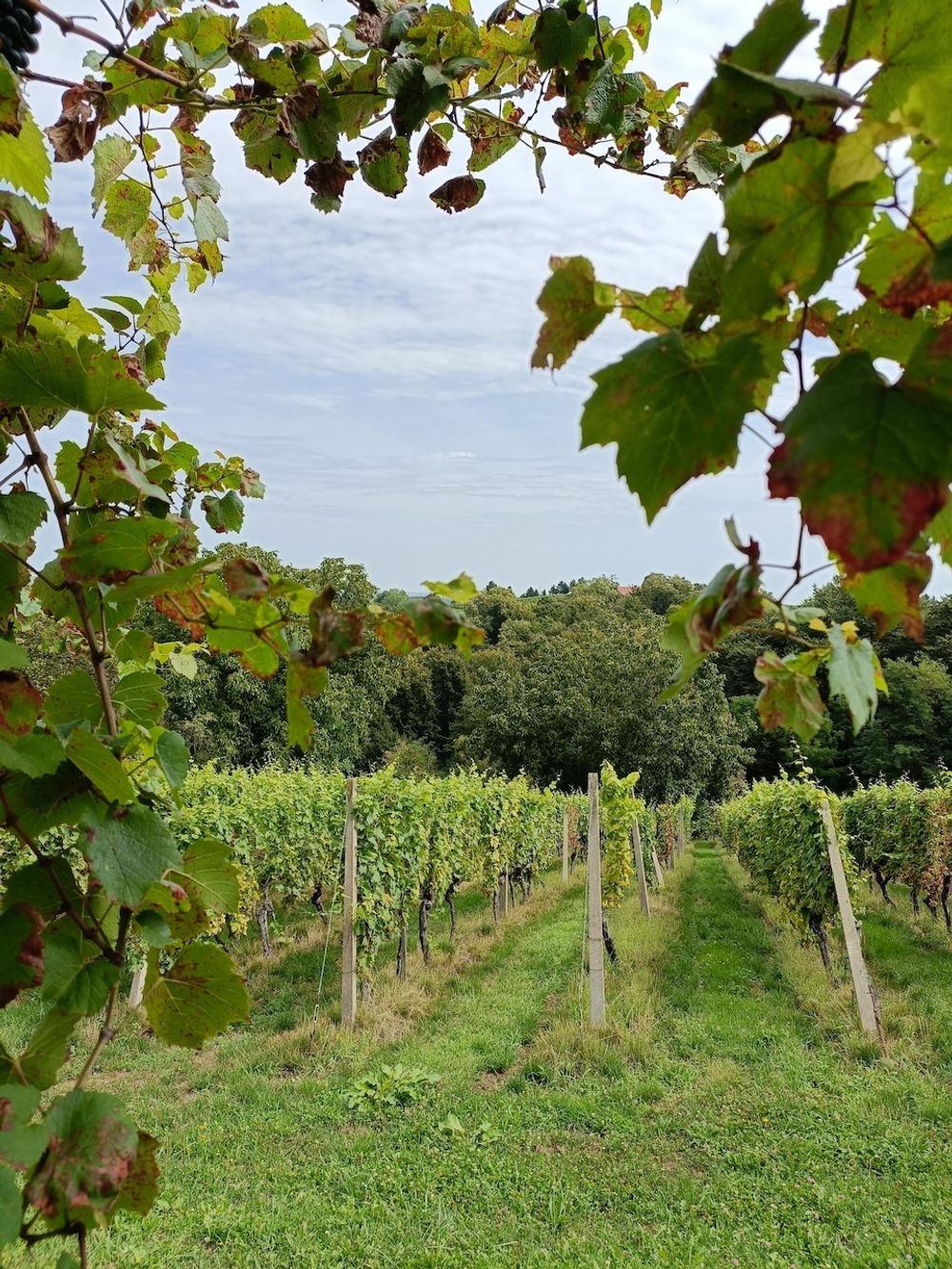
The vineyard that came with the holiday home
Do you see yourself somehow as a saviour of these varieties?
I want to do my bit to raise awareness that there are hundreds of unknown grape varieties that make fantastic wines. If there’s a grape variety on a wine list that I haven’t tasted before, that’s the bottle I order. Each of the wines in my collection comes with my personal guarantee that this is a fantastic grape that is worth checking out.
Making six wines in four countries sounds like a logistical nightmare
It started out as eight wines in four countries in one vintage, but that was a bit too much! I’m working with good people – winemakers I admire and trust. I see myself more as the creative director of the production, with the winemakers as the best supporting actor and the grapes as the stars.
I encourage the winemakers to do something different – experimental – to bring out the best in the grapes. All the wines are fairly low-intervention, so it enabled me to move from one harvest to another quite easily. Also, I used my house in Slovenia as a base to make wines with Marof and Vino Gross there, with BioWeingut Karl Renner about an hour away in Austria, and Nádas Borműhely in Etyek, Hungary, which was a three-hour drive.
Then I flew off to Georgia to make wine in a qvevri there. I only just made it. The Kisi and Khikhvi field blend had a potential alcohol of 15% when we harvested the grapes, but it’s turned out to be 14% and you don’t notice the alcohol – just the lovely ripe fruit!
It also sounds like a noble way to lose money
That’s my fear. Fortunately, I really love the wines and they are all so different, so the worst case scenario is that I’ll never have to buy another bottle of wine in my life again. They should all age well, too. Sarah Abbott MW is looking forward to trying my qvevri wine again in five years’ time.
Naively, I thought that if I started posting about these weird and wonderful grape varieties and my wine experiments, that people would be so curious to try these grapes they’d never heard of that I would be inundated with orders. Quantities are generally 400 to 600 bottles, so I thought I would only need a handful of enthusiastic sommeliers and independent wine bars.
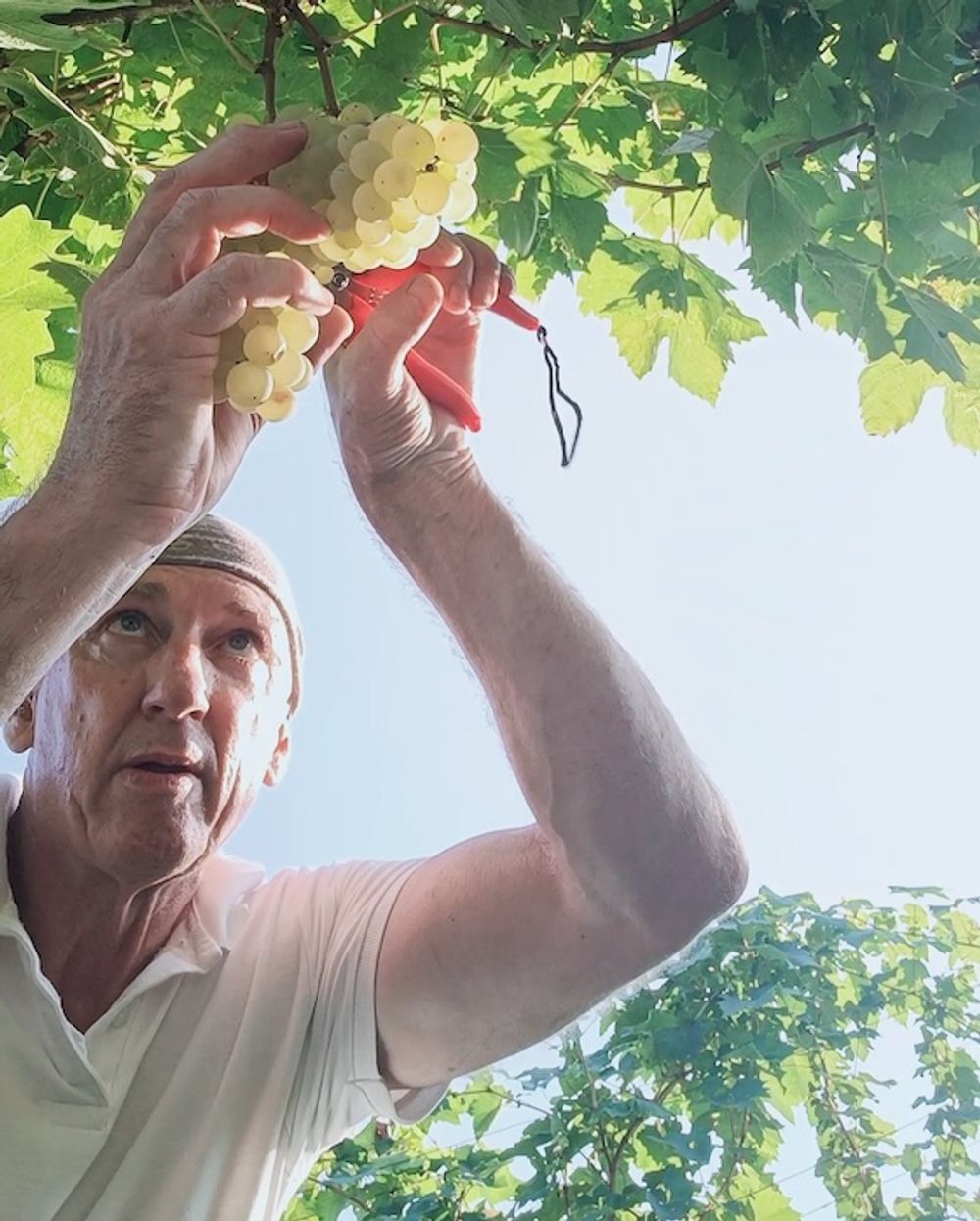
The man at work
You’ve been making wine for 15 years in Slovenia – so why have you chosen now to release wines commercially?
It’s very difficult to make the high-quality wine I wanted on such a small scale when you are only there part-time. Working with some of the best winemakers in the region, who are there full-time and can ensure the resulting wines are the best they can be, gives me the security I need to be able to release these wines. The wine I make every year in Jeruzalem, Slovenia, is just for family and friends and for drinking among the vines. I don’t even bottle it now – just fill a carafe from the tank and drink it on my terrace.
The wines are currently ‘one-offs’ but if you hit gold will you repeat a wine in another vintage?
Some I can see being repeated. But there are so many undiscovered grape varieties around the world and I’m only doing a couple of harvests each year now that I’m up and running with this project. Also, I’m telling potential buyers that these really are limited-edition wines. 400 to 600 bottles – when they are gone, they’re gone.
Which wine surprised you the most?
I love them all. But I’m especially proud of the amber piwi wine. I wanted to prove disease-resistant piwis – in this case Muscaris and Souvignier Gris – are the grapes of the future and are the way forward if producers wish to be truly sustainable. But, even without its sustainable credentials, it is a great wine. Full of flavour. One top sommelier said it was “like no other orange wine; like no other piwi wine”. I checked and he said he meant it in a positive way.
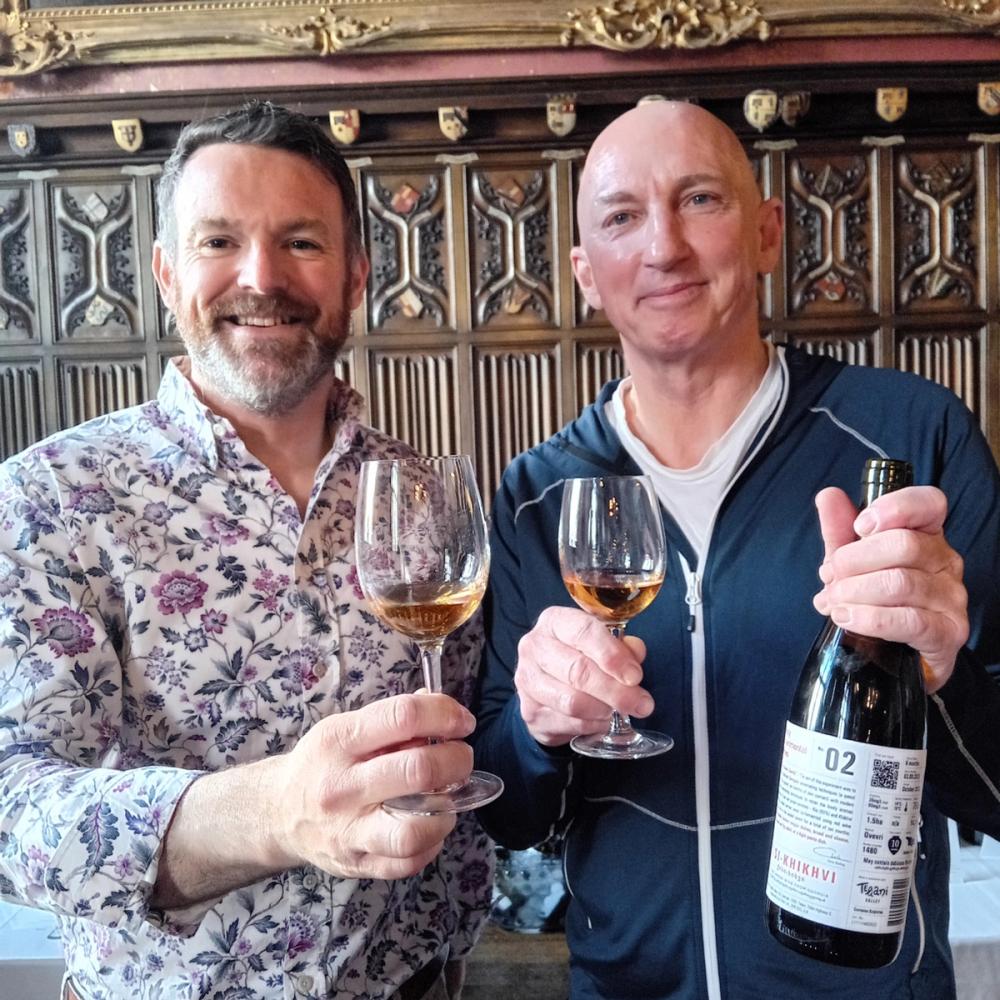
Wickhams Wines has already started selling the first wine out of the blocks
You’re known for being a wine writer and critic – how hard is it being on the ‘other side of the fence’?
I like to write about wines and winemaking by getting my hands dirty. I studied wine production at Plumpton College, so I’m more interested in the technical side of wines than pinpointing some obscure aroma.
Having made a wine in a qvevri in Georgia, I understand the ancient technique now and why it has stood the test of time. Having harvested two piwi grape varieties in the challenging vintage of 2022 – when many pure Vitis vinifera varieties were left to rot on the vine after a dozen sprays – I can fully see their benefits. They were nearly 100% healthy after just one spray and then only using 10% of the sulphur and copper sprayed on the nearby organic Chardonnay.
Tell us how the tasting at etch. came about and how people can get involved
I met the sommelier, Sam Weatherill, at the IWC Awards when he picked up an award for the best contemporary wine list in 2024. I told him about my project and he was keen to try the wines. Now we’re going to do a special pairing menu.
The aim when I set out to promote these rare grape varieties was to get them on the wine lists of the best restaurants around the world. etch. was the second tasting for the wines; the first was a Michelin 3-star in Italy. If sommeliers want to put one or two quirky wines on their list, or want to take their customers on a journey of discovery, then they can DM me on Instagram, @ywine.press, or they can email me on ywine.press@outlook.com.
Surely everyone in the wine world wants to taste a premium red wine featuring Debine e Zezë and a sparkling wine starring Pearl of Victoria!
Crazy Experimental Wines from the 2022 vintage
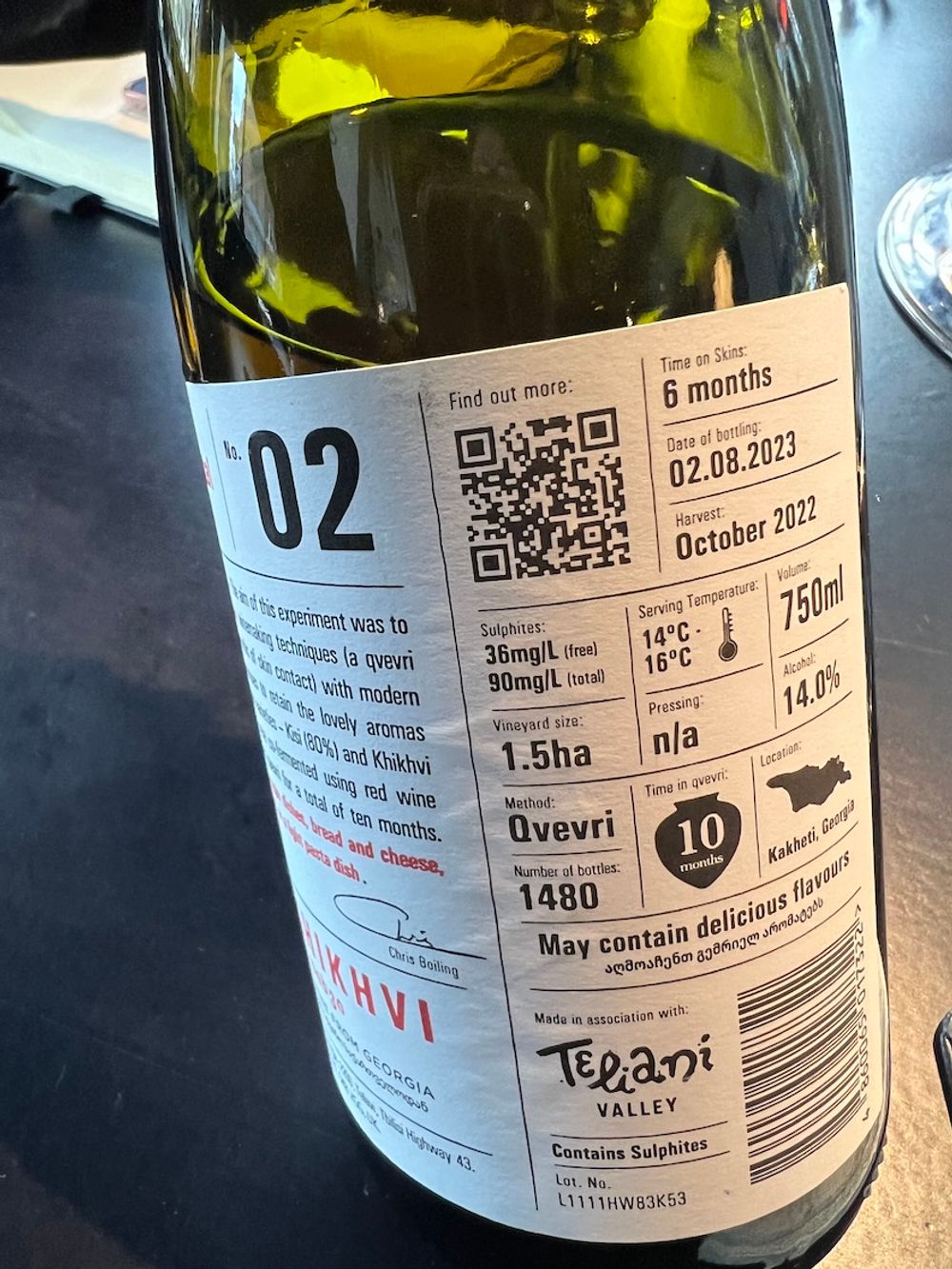
None of the other wines have labels yet which is why you're seeing a lot of 02!
02 – “Kisi me slowly, gently”
This is a modern qvevri wine from Georgia – a Kisi and Khikhvi co-fermentation made in a qvevri in Georgia, at Teliani Valley’s Kindzmarauli Marani. The idea behind this experiment was to combine traditional Georgian winemaking techniques (a qvevri buried in the ground, six months of skin contact) with modern anaerobic winemaking techniques to retain the lovely aromas and flavours of two rare grape varieties that are indigenous to the Kakheti region – Kisi and Khikhvi.
The qvevri was chilled to -1°C to receive the grapes; after a couple of days of manual punch downs, Chris used netting and French oak staves fanned out like the spokes of a bicycle wheel to keep the cap submerged for the rest of the fermentation; after which the qvevri was sealed with glass and silicone; and the headspace was filled with nitrogen to prevent oxidation.
Tasting: Golden, clean and a degree of polish you don’t always get with Georgian wines. On the nose there’s terracotta, saffron with sweet fruit, on the palate the wine is dry, with quince and saffron and a nice dry stone textured finish. Really impressive.
Quantity: 1,200.
Available now from Wickhams Wine (online) or at the 80-20 Wines shop and bar in Peckham Rye and Hackney, London
04 – “I heart planet earth”
Chris sees this as the future of sustainable winemaking or “a piwi wine like no other; an orange wine like no other,” according to one top sommelier. This blend of 85% Muscaris and 15% Souvignier Gris is apparently “one of the most sustainable wines produced anywhere.”
Minimal spraying in BioWeingut Karl Renner’s organic vineyard in southern Austria, despite a tough growing season, and minimal intervention in the winery. After fermentation with native yeasts, the Muscaris was left on skins for 20 days. The Souvignier Gris underwent an unusual vinification: about 70% of the skins were removed during the fermentation, as they floated to the top, but the berries that sank were left there among the gross lees for more than two years. This helped to protect the wine with only a little sulphur added prior to bottling. Unfined and unfiltered.
Tasting: This wine leaps out of the glass with the Muscaris having a full-on ‘Muscat fruit’-led nose. Smells sweet but is intensely dry on the palate – juicy with a dry core. Lovely balance.
Quantity: 400 bottles.
Availability: Will be bottled at the end of March and transported in the most sustainable way possible.
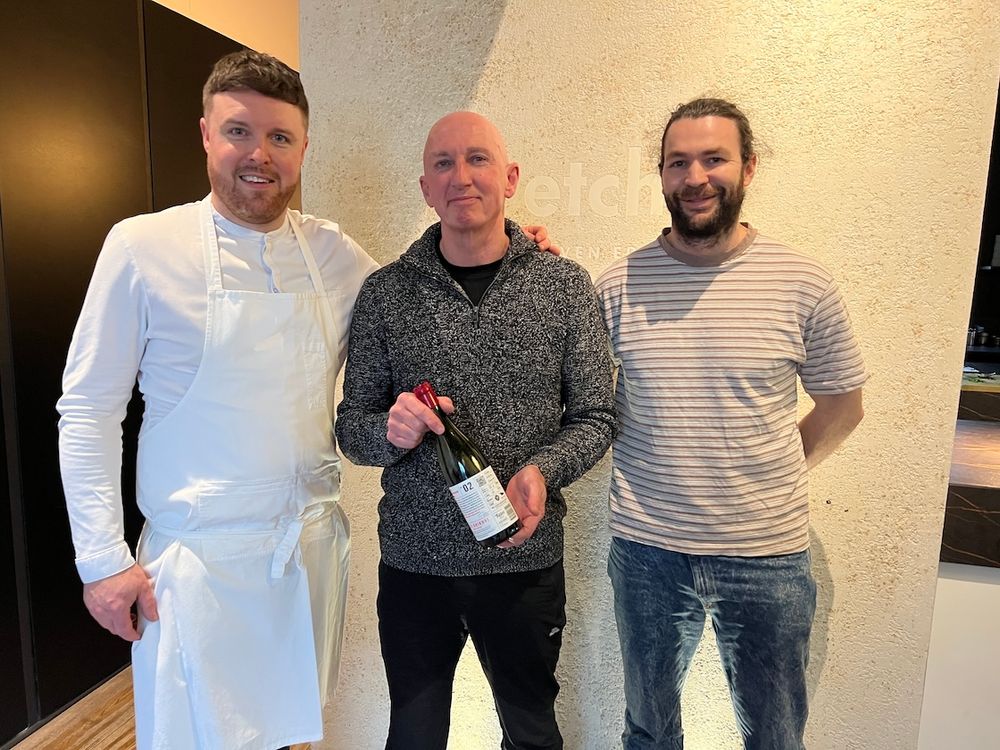
Boiling has only shown the wines to two restaurants, one of which is etch. in Brighton. Pictured: Steven Edwards, Chris Boiling, Sam Weatherill (l-r)
06 – Pearl Gem
This is the only sparkling wine in the world featuring the unknown grape variety Pearl of Victoria (Viktória Gyöngye, a Hungarian crossing of Seyve-Villard 12375 and table grape Pearl of Csaba) and Grüner Veltliner. Pearl of Victoria is a piwi (disease-resistant) grape variety created in Hungary for sparkling wines in the 1960s but it was only planted in a few experimental plots. Chris's gut instinct was it would blend well with Grüner Veltliner, which was fermented 50-50 in oak and steel.
The blend is 50% Pearl of Victoria and 50% Grüner Veltliner. It’s also handcrafted – including manual riddling at Nádas Borműhely in Etyek, Hungary’s first PDO for sparkling wines.
Tasting: Light to look at, big mousse followed by impressively fine bead. The nose is discreet, the palate is clean, clear, crisp with lovely texture and an apple sherbet finish. Chapeau!
Quantity: 600 bottles.
Availability: 96 have already been disgorged and are awaiting labels. The plan is to disgorge the other 500 this November after 30 months on lees.
07 – “Terra Incognita”
There are two low-intervention wines from Slovenia. The first is an elegant red featuring 80% Blaufränkisch – a grape believed to come from lower Styria, or today’s Slovenia. The Blaufränkisch has been enhanced – and made distinctive – with splashes of Merlot and Cabernet Sauvignon.
Chris made a very natural, traditional Blaufränkisch with Marof Wines in 2022, but because the quantity was so small, it ended up going into a large barrel with the rest of Marof’s Blaufränkisch. As he wanted a red for the collection, Marof’s winemaker Uroš Valcl let Chris pick what he wanted from the array of barrels in the cellar. 80% Blaufränkisch was blended with 'a stunning' Merlot (10%) and Cabernet Sauvignon (10%) – all from the 2020 vintage.
Tasting: The extra years’ ageing really tells with this moreish, elegant red. Aromas of wild blackberry and spice, in the mouth the wine is warm, welcoming, well integrated tannins but with just enough rasp to make this great for pairing. Savoury, hints of black cherry with a terracotta finish. Could drink a bottle no problem.
Quantity: 500 bottles.
Availability: Bottled and awaiting labels.
Also out but not tasted
03 – “Oh, natural!”
Also from Slovenia’s northeast is a pimped-up Laški rizling (a co-fermentation with whole Traminer berries). This is probably the most ‘low intervention’ of the wines. It tastes like an orange Gewürztraminer. The Traminer berries spent 28 days in contact with the free-run from the Laški (Welschrielsing, Riesling Italico). It matured on lees in used oak for a couple of years; the only thing added was a little SO2 prior to bottling. Made in association with Vino Gross.
Quantity: 300 bottles.
Availability: Bottled and awaiting labels.
For further information contact Chris Boiling on ywine.press@outlook.com


